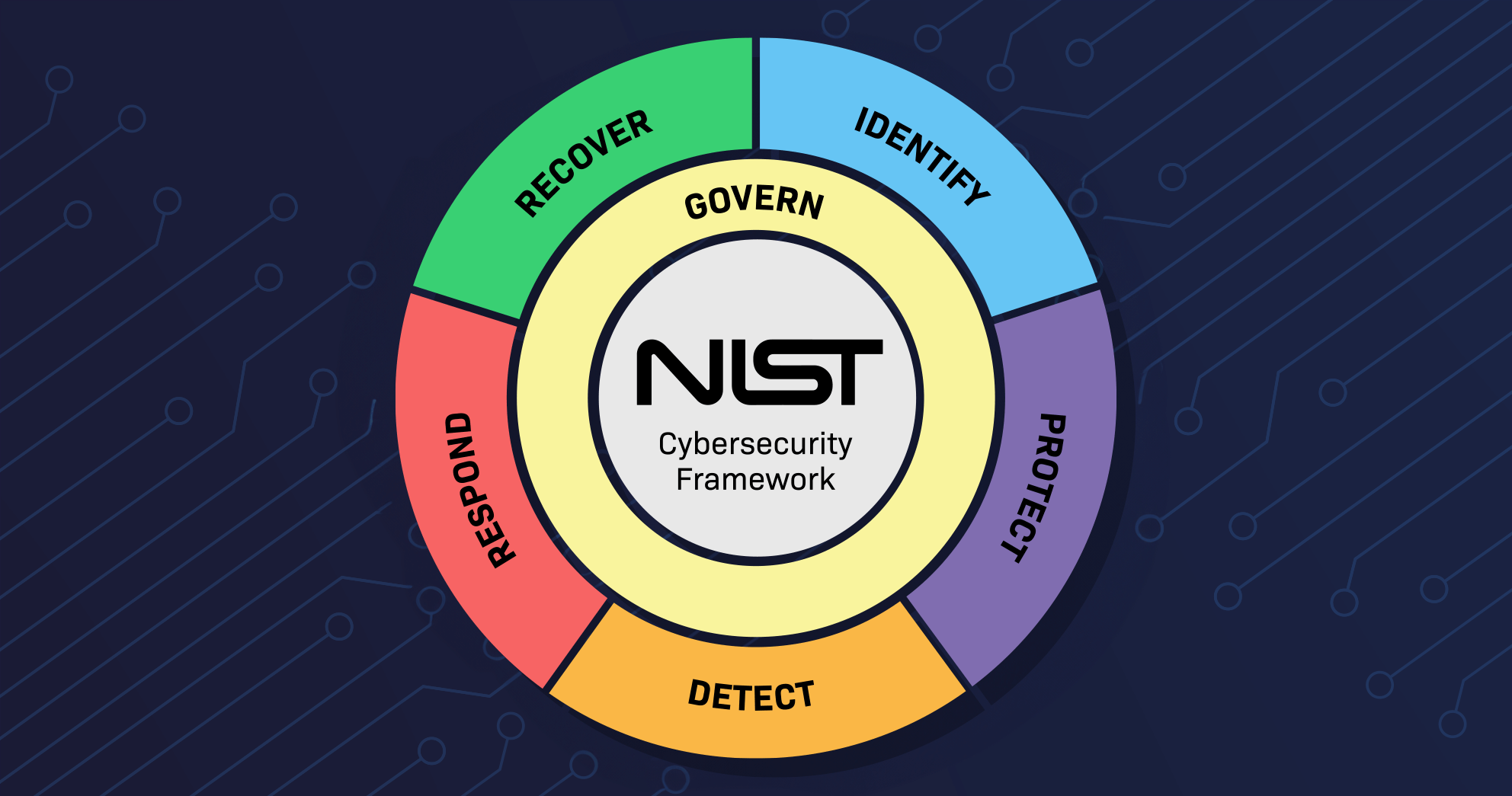Introduction
Open ports are the digital equivalent of leaving windows cracked open in a fortress. Even with firewalls and intrusion detection, if a port is visible to the internet, it’s a potential entry point. Attackers know this, which is why open ports are responsible for over 80% of initial compromises. Whether it’s SSH, RDP, VPN, or HTTP, every open port is a beacon.
Zero-port tunneling flips the paradigm: What cannot be seen cannot be attacked. This revolutionary approach eliminates open ports entirely, rendering your infrastructure invisible to internet scanners, botnets, and threat actors alike.
What Is Zero-Port Tunneling?
Zero-port tunneling is a networking technique that allows encrypted communication between systems without exposing any open ports to the internet. Instead of listening on a static, visible port (like TCP 443), connections are dynamically established from inside the network to a trusted endpoint. This inside-out model enables full remote access, application control, and even file transfers. All without a single exposed listening service on your public IP.
The result is “stealth infrastructure.” External attackers can scan your IP range all day long and never see a service to attack because nothing is advertising itself to the outside world.
Why Open Ports Are a Cybersecurity Liability
Every time you open a port, you expose an application. That application has a version, a configuration, and a vulnerability waiting to be exploited. Attackers use tools like Shodan, Nmap, and Masscan to detect and catalog open ports around the world. Within minutes of exposure, your system can become a target especially for default credentials, zero-day exploits, or brute-force attacks.
Traditional protections like firewalls and geoblocking are no longer enough. Once a port is open, its attack surface exists and bad actors can automate reconnaissance and exploit at industrial scale.
How Zero-Port Tunneling Enhances Privacy and Security
Zero-port tunneling uses ephemeral connections to avoid persistent exposure. The client initiates the tunnel, not the server. This removes the need for public listening services and dramatically reducing the number of attack vectors. EXIGENCY’s implementation uses quantum-resistant encryption, identity-based authentication, and certificate pinning. That means only approved endpoints can connect, and all traffic is both encrypted and segmented by policy.
In the event of a breach attempt, the attacker won’t see an open door and they won’t even see the building. This model aligns perfectly with modern cybersecurity principles like Zero Trust and SASE (Secure Access Service Edge).
Use Cases: Where Zero-Port Tunneling Outperforms VPNs and RDP
Most businesses use VPNs or remote desktops to allow external access. These rely on open ports, static IPs, and exposed gateways. All of which are easily detectable and often targeted. EXIGENCY’s zero-port tunneling replaces these with a fully cloaked access layer that connects only when needed. No port forwarding. No NAT traversal headaches. No firewall holes.
Whether you’re accessing a Hyper-V server, managing Active Directory, or reviewing security logs remotely, zero-port tunneling delivers a faster, safer, and invisible alternative to legacy remote access tools.
FINAL THOUGHTS: SECURITY BY OBSCURITY IS DEAD BUT STEALTH IS NOT
Traditional network security was reactive, detect, block, patch and repeat. But in a world where attacks move in milliseconds, defense must begin with eliminating visibility altogether. EXIGENCY’s zero-port tunneling transforms your infrastructure from “visible with defenses” to invisible and unreachable by design. That’s not just innovation but it’s evolution.
Stop advertising your presence to threat actors. With EXIGENCY, your infrastructure stays locked, invisible, and silent. Yet always accessible to those with the right credentials.






No comment